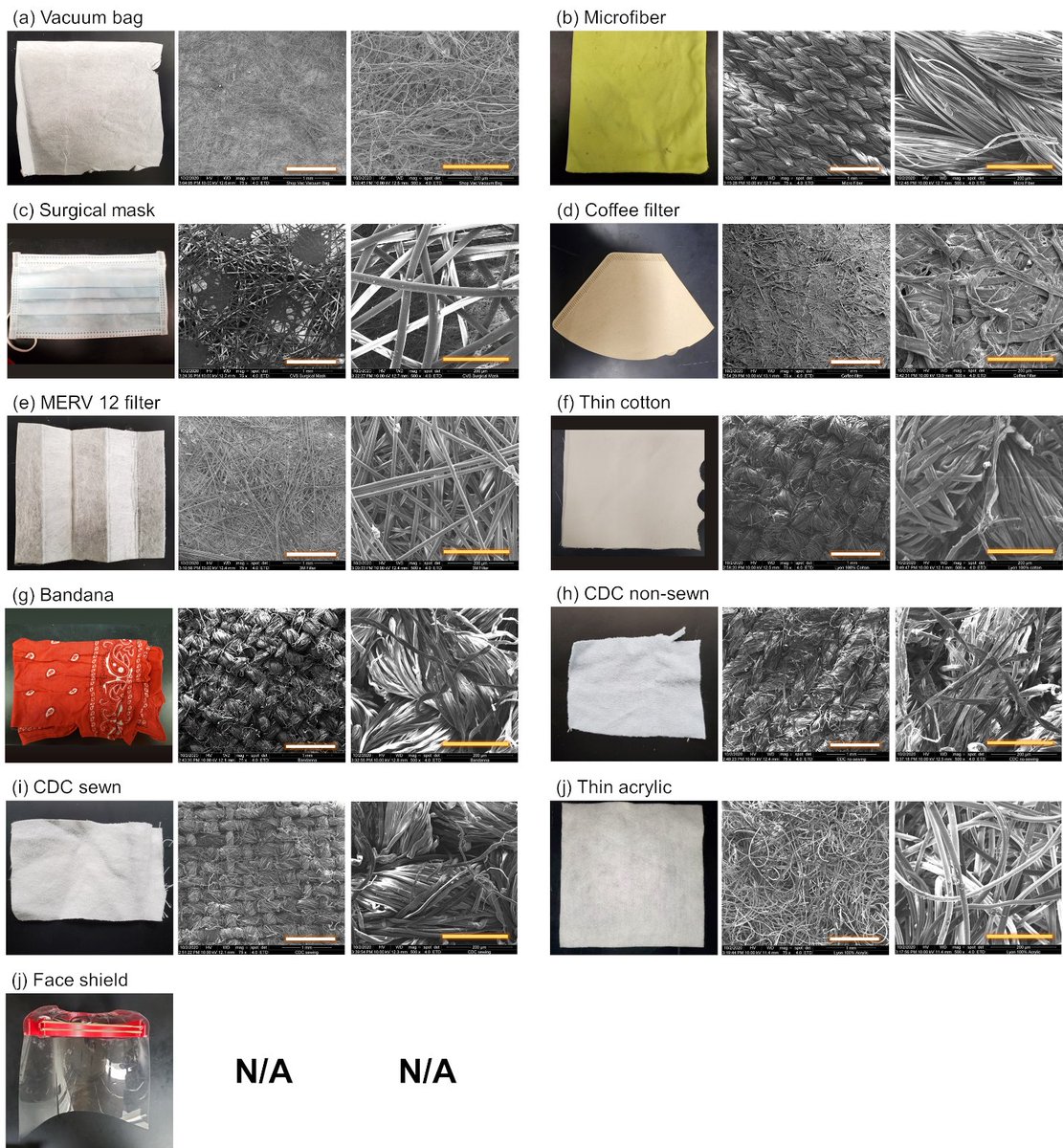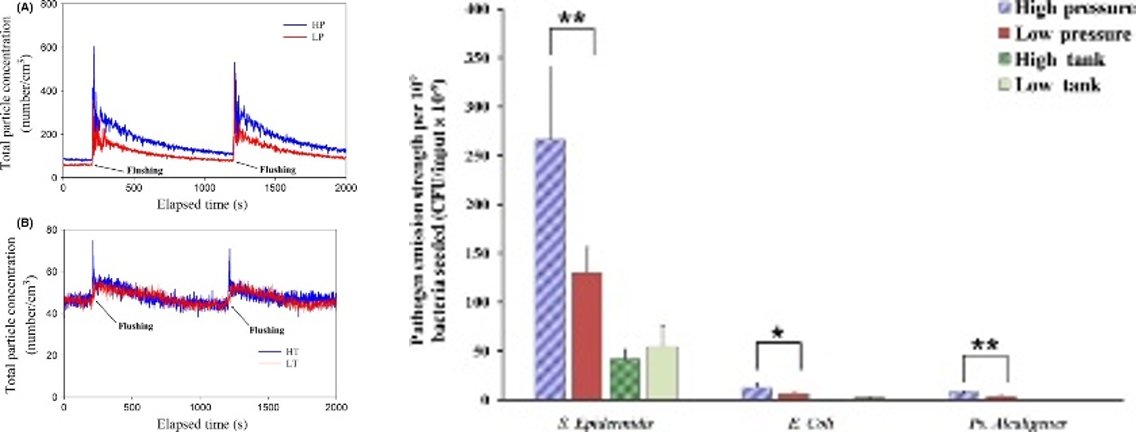
Absolute 🔥 from the inimitable @edyong209! So much insight, so succinctly written, with input from scientists with deep expertise (from well before 2020) on viruses. Excerpts with my thoughts follow... /1
https://twitter.com/edyong209/status/1338469107008679936
Their movements through the air have been poorly studied, too. “There’s this very entrenched idea,” says Linsey Marr at Virginia Tech, that viruses mostly spread through droplets (short-range globs of snot and spit)... /2
rather than aerosols (smaller, dustlike flecks that travel farther). That idea dates back to the 1930s, when scientists were upending outdated notions that disease was caused by “bad air,” or miasma. /3
But the evidence that SARS‑CoV‑2 can spread through aerosols “is now overwhelming,” says Marr, one of the few scientists who, before the pandemic, studied how viruses spread through air. /4
“I’ve seen more acceptance in the last six months than over the 12 years I’ve been working on this.” [about which I am joyous] /5
Other epistemic trespassers spent their time reinventing the wheel. One new study, published in NEJM, used lasers to show that when people speak, they release aerosols. But as the authors themselves note, the same result—sans lasers—was published in 1946, Marr says. /6
I asked her whether any papers from the 2020 batch had taught her something new. After an uncomfortably long pause, she mentioned just one. /7
[It was the finding of infectious SARS-CoV-2 in air at non-negligible levels, although this group also successfully cultured flu virus from air a few years ago.] ijidonline.com/article/S1201-… /8
• • •
Missing some Tweet in this thread? You can try to
force a refresh






